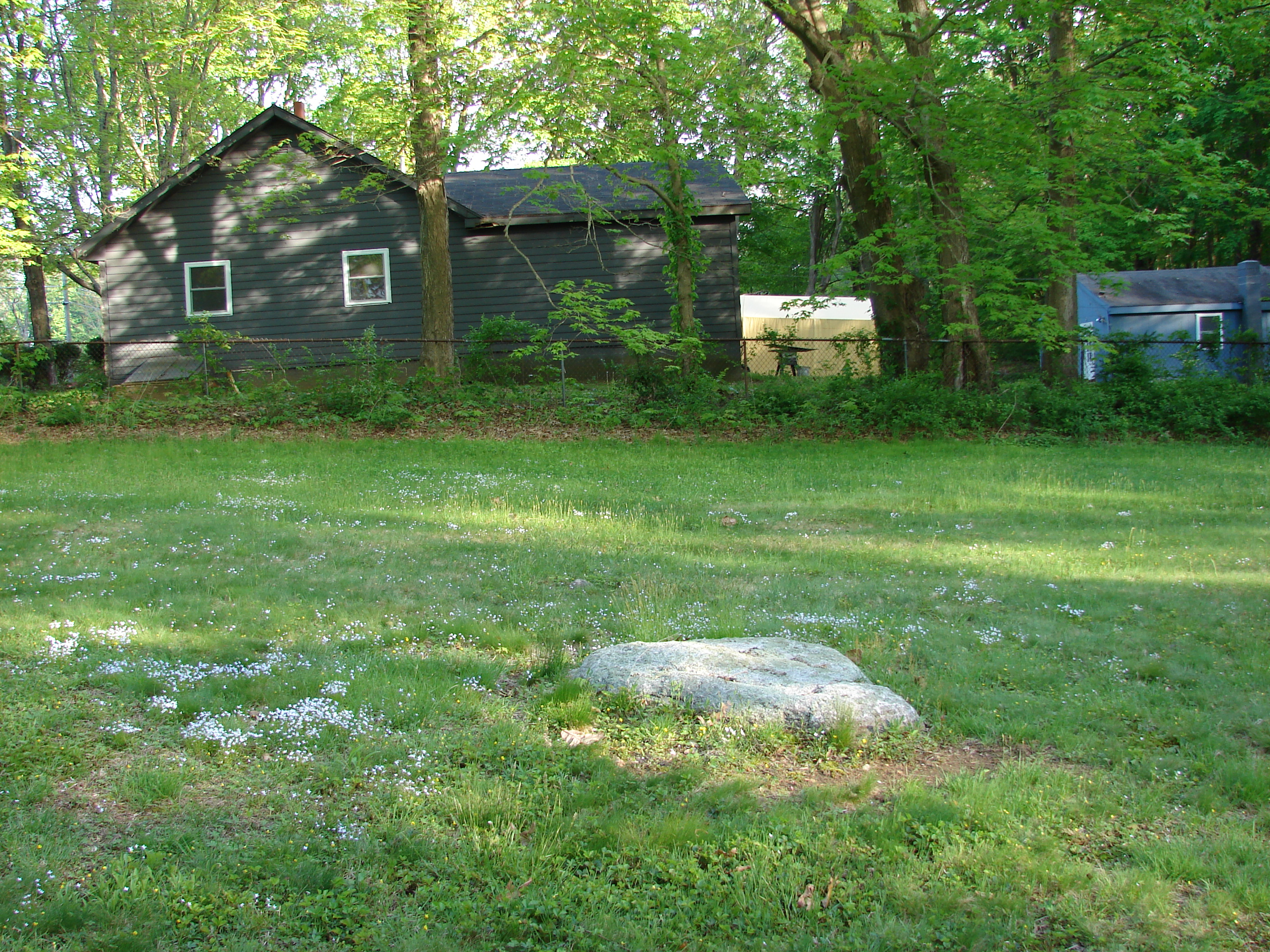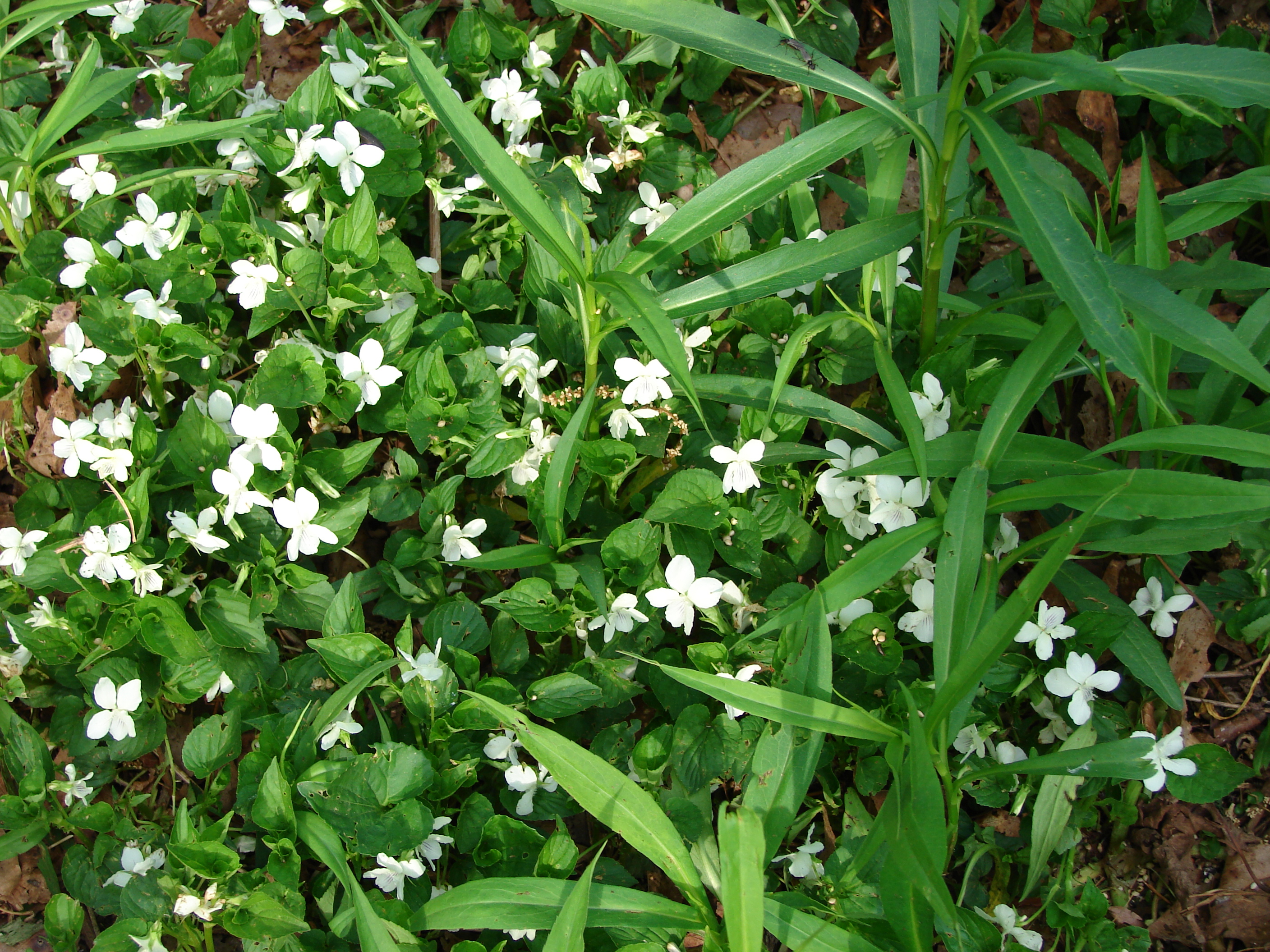When walking my dog Mackie in our tidy, suburban neighborhood, I zigzag back and forth across the street, trying to avoid lawns that are aggressively chemical-treated, as Mackie is always “nose to the ground” unless he hears something of interest in the distance.
Mackie and I zig zag between sidewalks that border apparently safe lawns. I look for clover leaves, variably green color (not evenly dark green) , and small, low-growing patches of lawn wildflowers. This odd behavior is based on convincing anecdotes I have heard of repeated cases of the same cancer occurring among different dogs with similar exposures to pesticides. It is also based on my reading of the results of epidemiological studies, summarized in the informative publications of Nancy Alderman’s non-profit, Environment and Human Health, Inc. based in North Haven. Dogs are even more vulnerable to cancer than children, and we have already lost two family dogs to cancer: Tejana and Poka. Poka died at Age 11 of jaw cancer, and would have died at 10, without expensive surgery. Tejana lived to 15, but then during her first five years she was walked in urban vacant lots and on beaches, not in suburbia.
I began zig zag dogwalking after I heard several stories from the most dynamic trainer of organic landscapers in southern New England, Chip Osborne, out of Marlborough, Mass. He was the keynote speaker at an Ecological Landscaping conference in Springfield, a few years back. He told the class that he used to work in a greenhouse. His dog would lie under the potting table, with occasional drippings falling on them (with dissolved fertilizer, fungicide, etc.) The dog, and then its successor, died of the same cancer.
He told a second anecdote: a lady in a new residential community/cum golf course walked her dog on the lovely course every day. Her dog died of a nose cancer. She got a new dog, and walked the dog along the same route. Her new dog also got cancer, the same type – and she moved out. Of course dozens of fungicides, herbicides, and insecticides are applied to golf courses, so it is very hard to know, without a real epidemiological study. The story teller quit his propagation occupation and went on to start a successful organic lawn care business, and also teaches many training workshops for other landscapers, transitioning to this approach. He testifies for citizens groups as well.
The man believes in what he teaches; he knows that the organic approach to landscaping is not only better for the bees and other insects and wildife; it is safer for people and dogs.
As John Stuart Mill (1806 to 1873) said:
“One person with a belief is equal to a force of 99 who have only interests”
I heard Chip give an articulate presentation to a Westport land use board, explaining how one achieves sustainable affordable lawn care without chemical applications, refuting advocates of tire crumb athletic fields for children.
Besides the health of children and pets, lawn care practices can affect our water resources. My subdivision was built before the days of stormwater management. Whatever folks apply to their lawns (e.g., excess fertilizer and pesticides) may also wash over the curb along the pavement into the catchbasins, and thence into the River.
When walking the dog, we use a pooper-scooper or plastic bag, not just to avoid being verbally attacked by my neighbors, but also to keep the feces from being washed by the rain into the extensive system of catch basins, which dump directly into the streams in our neighborhood.
Not only does our neighborhood have fewer wildflowers, wild bees and beetles than it used to; the tributary streams fed by runoff (2 mg/l of nitrate last time I tested our stream ) are nearly devoid of life. The Ten Mile River, dowonstream also has fewer aquatic insects to feed trout , dace, suckers, and wood turtles.
Friends say: why don’t you just walk your dog in a park? Here in north Cheshire, we do have lovely open space behind us, The Ten Mile lowlands are great for hiking and free runs but only in the non-growing season, unless one is a bird watcher coated with bug spray. We can manage driving Mackie to a park maybe once a week, but not three times a day! Fortunately traffic levels are low in our neighborhood, except in late afternoon and early morning, so zig-zagging across the much-too-wide road is pretty safe.
It is a relief to visit Ships Hole Farm in Long Island, with no dog-walking constraints related to pesticide anxiety.

As a scientist I do understand, that we are dealing with possible health risks, and that the majority of applied chemicals are likely not hazardous to humans. However, the other matter is that a sustainably managed lawn is a diverse and interesting mini-ecosystem, and can be lovely as well. It dos not harm fauna, like Northern Flickers , song sparrows, flower beetles, honeybees, and moles. …. more fun to walk past and look at- and probably safer- than a lawn that receives an intensive turf chemical regimen.


Flowering bushes buzzing with bumblebees may also indicate a safe lawn. Sadly, it is years since I have seen a honeybee in my Cheshire neighborhood and the miniature solitary bees have also become very scarce. However, I still do find honeybees on vacant lots (just yesterday on Broad Street in downtown Manchester) and in poorer neighborhoods. On those properties there is probably little use of expensive, beetle grub insecticides (imidocloprid is a neurotoxin that also harms a great many other insects, including bees.)